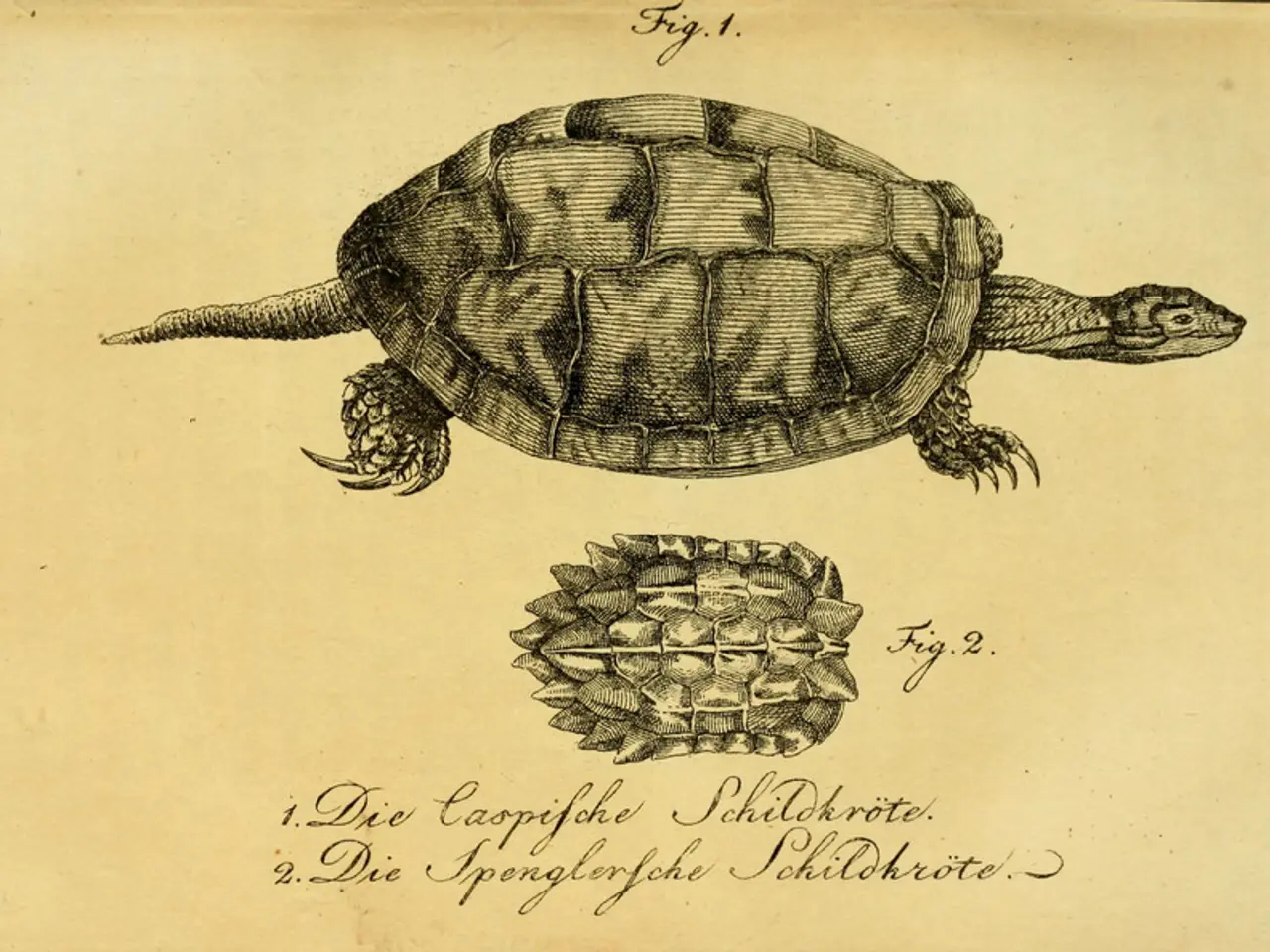Geospatial Data Sharing via Linked Open Format
In the digital age, preserving geospatial information and data has become a critical task. The National Archives and Records Administration (NARA) has a strategic approach to this challenge—the Geospatial Preservation Plan. This plan is an integral part of NARA’s broader Digital Preservation Framework, which adheres to Linked Open Data (LOD) principles.
The Geospatial Preservation Plan focuses on ensuring the longevity, integrity, and accessibility of geospatial resources, such as maps, spatial datasets, and related metadata. It outlines how these resources should be archived and maintained in a sustainable digital format.
NARA’s Digital Preservation Framework, designed to preserve digital records in ways that ensure their accessibility, reliability, and interoperability over extended periods, integrates Linked Open Data principles. This integration aims to enhance the discoverability and reuse of archival digital resources by connecting them through shared vocabularies and identifiers on the web.
By adopting a focused approach within the broader digital preservation efforts, the Geospatial Preservation Plan ensures that geospatial digital assets are preserved with appropriate metadata and linked data standards. This approach ensures that geospatial data remain usable and connected in a networked, interoperable archival environment, aligned with the goals of Linked Open Data to improve access and linkage across diverse datasets.
Some of the geospatial formats preserved under this plan include:
- The ESRI ArcInfo Interchange, with the file extension .e00
- The ESRI Shapefile (Arc/View Index), with the file extension .shx
- The E57 Lidar Point Cloud Format, with the file extension .e57
- The ESRI Shapefile (Projection), with the file extension .prj
- The ESRI File Geodatabase, with the file extension .gdb
- The ESRI Shapefile (Spatial Index), with the file extensions .sbx and .sbn
- The ESRI Shapefile Compound File, with the file extensions .shp, .sbn, .dbf, .prj, .shx, and .sbx
- The BSB file format, a part of the Navigational Charts category
- The ESRI Shapefile (dBASE Table), with the file extension .dbf
- The CompeGPS Land Track file, with the file extension .trk
For precise, official descriptions or documents, consulting NARA’s Digital Preservation and Geospatial data policies or contacting NARA directly would provide the most authoritative details.
Technology plays a significant role in the Geospatial Preservation Plan, as it relies on data-and-cloud computing to ensure longevity, integrity, and accessibility of geospatial resources. This plan, an integral part of the National Archives and Records Administration's (NARA) Digital Preservation Framework, employs technology to preserve geospatial data in a sustainable and interoperable manner.




